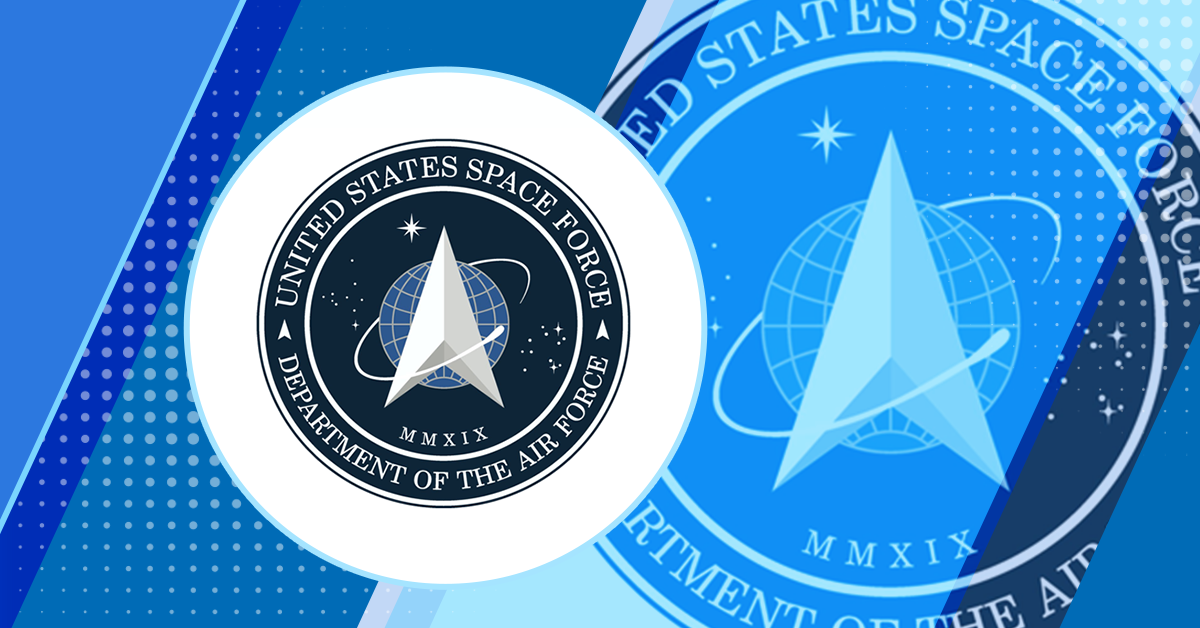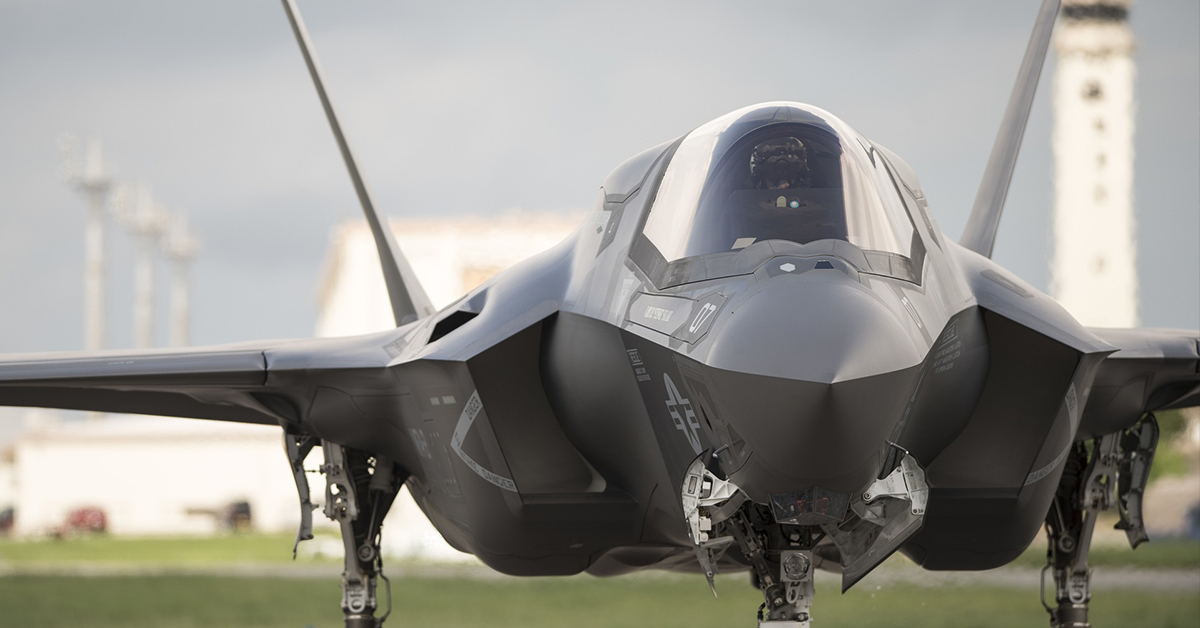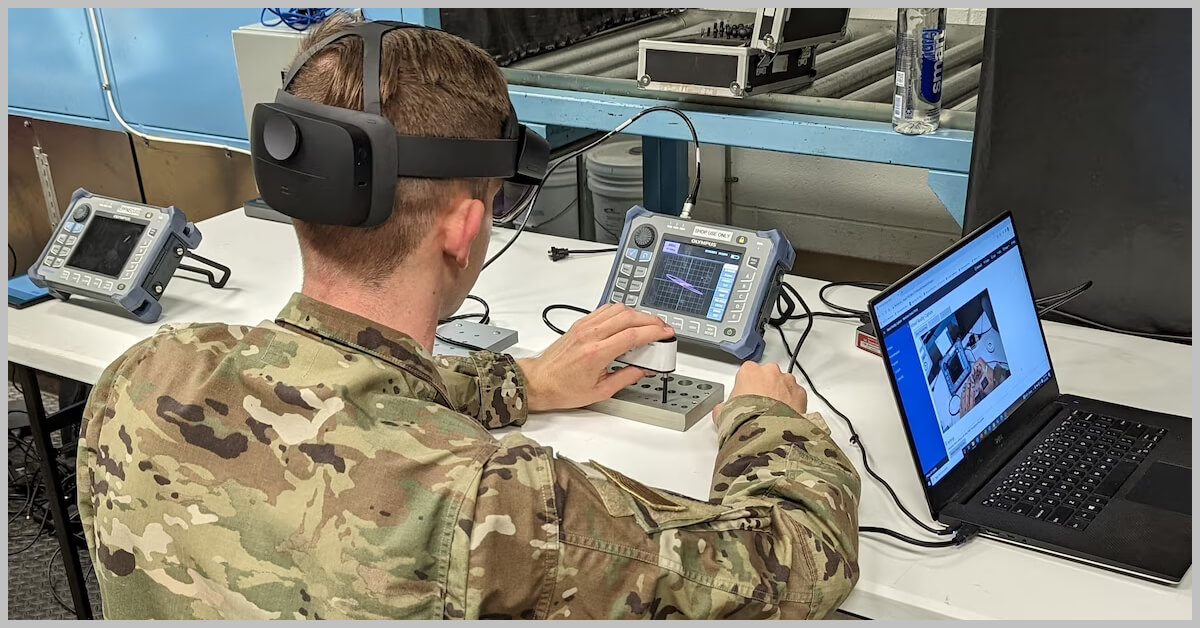A provision in the House’s version of the National Defense Authorization Act for fiscal year 2024 would establish a personnel management structure for the U.S. Space Force to provide more flexibility for full- and part-time Guardians, Federal News Network reported Monday.
The proposed NDAA would create a new category called “sustained duty,” which is equivalent to regular component duty where personnel serve in military positions on a full-time basis.
To be considered active duty, the House proposal would set minimum requirements, including time spent on active duty and training, for part-time service members.
The measure would provide the Space Force with the authority to place active duty personnel on sustained duty orders and migrate those on sustained duty back to inactive duty status.
The House Armed Services Committee is set to vote on the proposed personnel management structure and the Space National Guard on June 23.
The full chamber has to approve the bills before heading to the conference panel for reconciliation and for integration into the final version of the NDAA.











